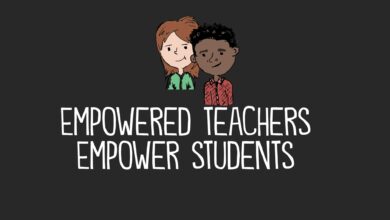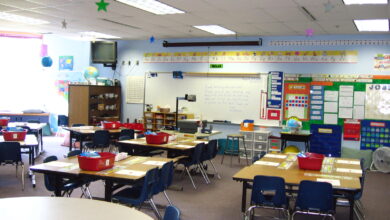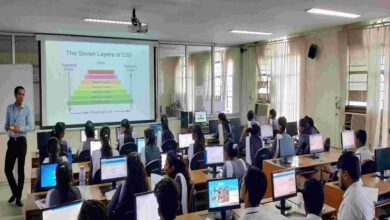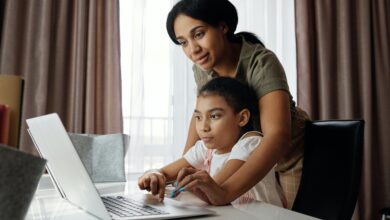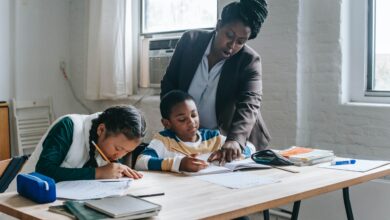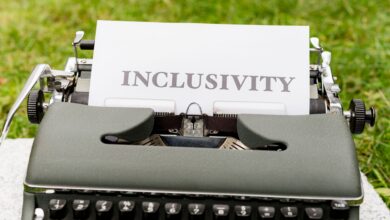Addressing Diverse Learning Needs in the Classroom
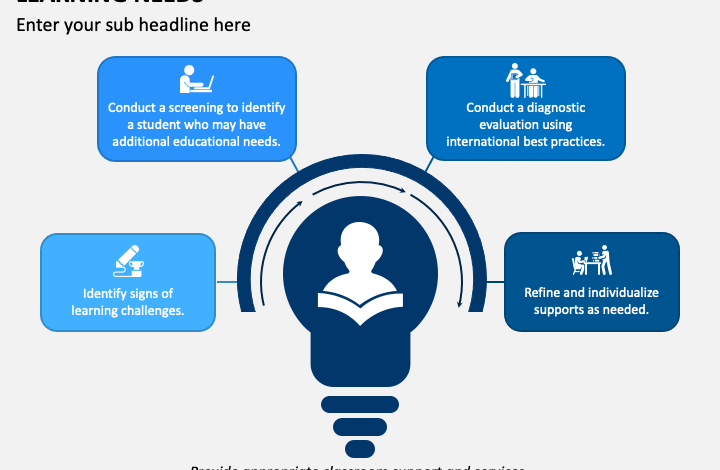
Introduction
Addressing diverse learning needs in the classroom is essential for creating inclusive learning environments where all students can succeed. With the increasing diversity of student populations, educators must employ strategies and techniques that cater to the unique needs, interests, and abilities of each learner. In this blog post, we’ll explore practical tips and approaches for addressing diverse learning needs in the classroom and promoting academic success for all students.
Understanding Diversity in the Classroom
Recognize and embrace the diverse backgrounds, experiences, cultures, languages, and learning styles represented in your classroom. Understand that diversity encompasses more than just ethnicity or race; it also includes factors such as socioeconomic status, gender identity, sexual orientation, abilities, and disabilities. Cultivate a culture of respect, empathy, and acceptance that celebrates and values individual differences.
Differentiated Instruction
Implement differentiated instruction techniques to accommodate diverse learning needs and preferences. Tailor instruction to meet the varying academic abilities, interests, and readiness levels of students by offering multiple pathways for learning and demonstrating mastery. Provide choice and autonomy in selecting learning activities and assignments, allowing students to engage with content in ways that resonate with them.
Universal Design for Learning (UDL)
Apply principles of Universal Design for Learning (UDL) to create accessible and inclusive learning experiences for all students. Design lessons and activities that offer multiple means of representation, engagement, and expression to accommodate diverse learning needs and preferences. Provide alternative formats, materials, and instructional supports to ensure equitable access to learning opportunities for all students.
Culturally Responsive Teaching
Adopt culturally responsive teaching practices that honor and affirm the cultural identities, backgrounds, and experiences of students. Incorporate diverse perspectives, voices, and examples into instructional materials, discussions, and activities. Foster a culturally inclusive classroom environment where students feel seen, heard, and valued, and where their cultural heritage is celebrated and respected.
Collaborative Learning Communities
Create collaborative learning communities where students feel supported, connected, and empowered to learn from and with their peers. Encourage cooperative learning activities, group projects, and peer mentoring opportunities that promote collaboration, teamwork, and positive social interactions. Provide scaffolding and support for students to effectively communicate, collaborate, and problem-solve together.
Individualized Support and Interventions
Provide individualized support and interventions for students who require additional assistance or accommodations. Conduct ongoing assessments to monitor student progress and identify areas for growth. Offer targeted interventions, remediation, and enrichment activities to address individual learning needs and ensure that all students are making progress towards academic goals.
Family and Community Partnerships
Engage families and community stakeholders as partners in supporting diverse learners’ academic and social-emotional development. Foster open communication, collaboration, and mutual respect between educators, families, and community members. Seek input from families about their children’s strengths, needs, and interests, and involve them in decision-making processes related to their child’s education.
Professional Development and Training
Invest in professional development and training opportunities for educators to enhance their knowledge, skills, and competencies in addressing diverse learning needs. Provide ongoing support, resources, and coaching to help educators implement effective strategies and practices in the classroom. Encourage collaboration and peer learning among educators to share best practices and learn from one another.
Conclusion
Addressing diverse learning needs in the classroom requires a multifaceted approach that encompasses differentiated instruction, Universal Design for Learning (UDL), culturally responsive teaching, collaborative learning communities, individualized support and interventions, family and community partnerships, and ongoing professional development for educators. By embracing diversity, equity, and inclusion in education, educators can create inclusive learning environments where all students feel valued, supported, and empowered to succeed.




